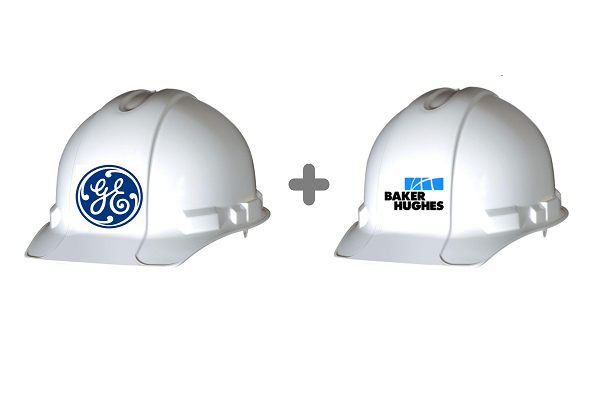FMC Technologies, a leading oil equipment company, consistently outranks its peer-group average in EnergyPoint Research’s customer satisfaction surveys. The company has grown into a dominant player over the years partly on the strength of a vigorous research and development program that began bearing fruit in time for today’s exuberant revival of subsea drilling and development.
Not a pure customer satisfaction winner, though, FMC’s ratings fall more in line with its oil equipment company cohorts in the subsea segment. Like many of its peers, the company draws lower ratings from some customers for both organizational and equipment performance. And in what might come as a surprise to some, the company rates lower in shelf and deepwater wells, which account for about two-thirds of its business, than for onshore applications. Continue reading “FMC Technologies An Oil Equipment Company To Watch”














